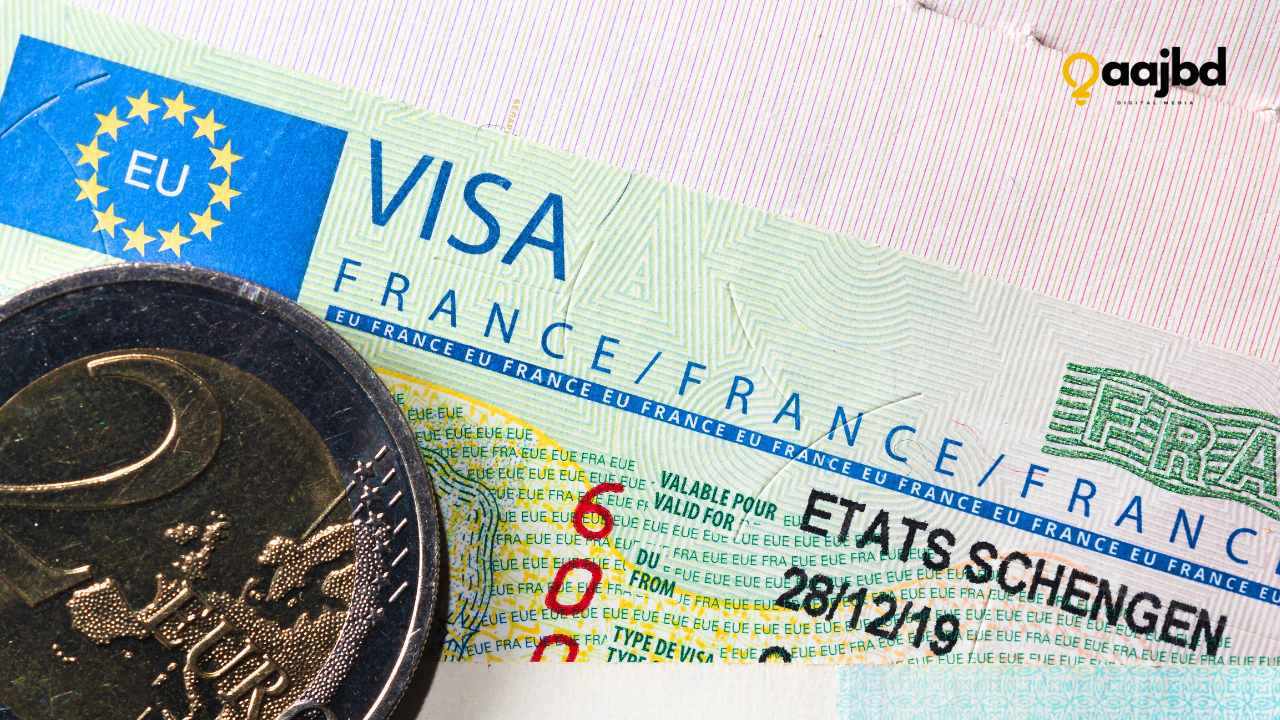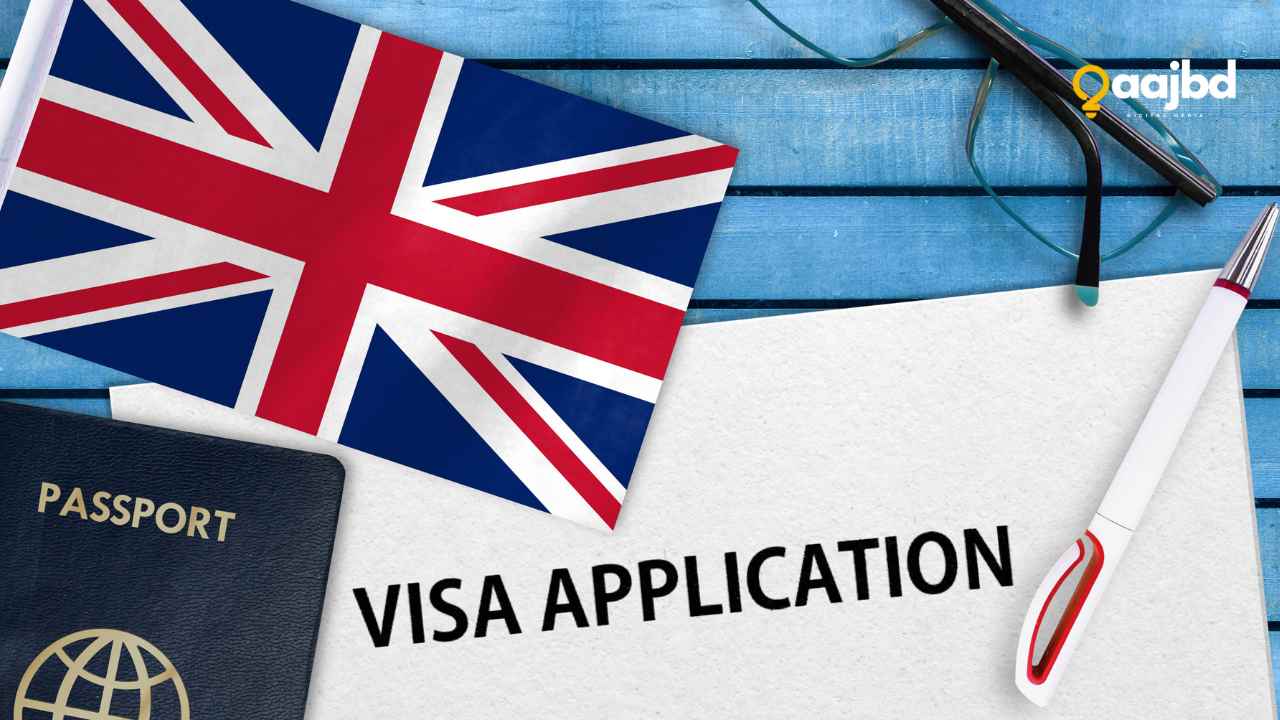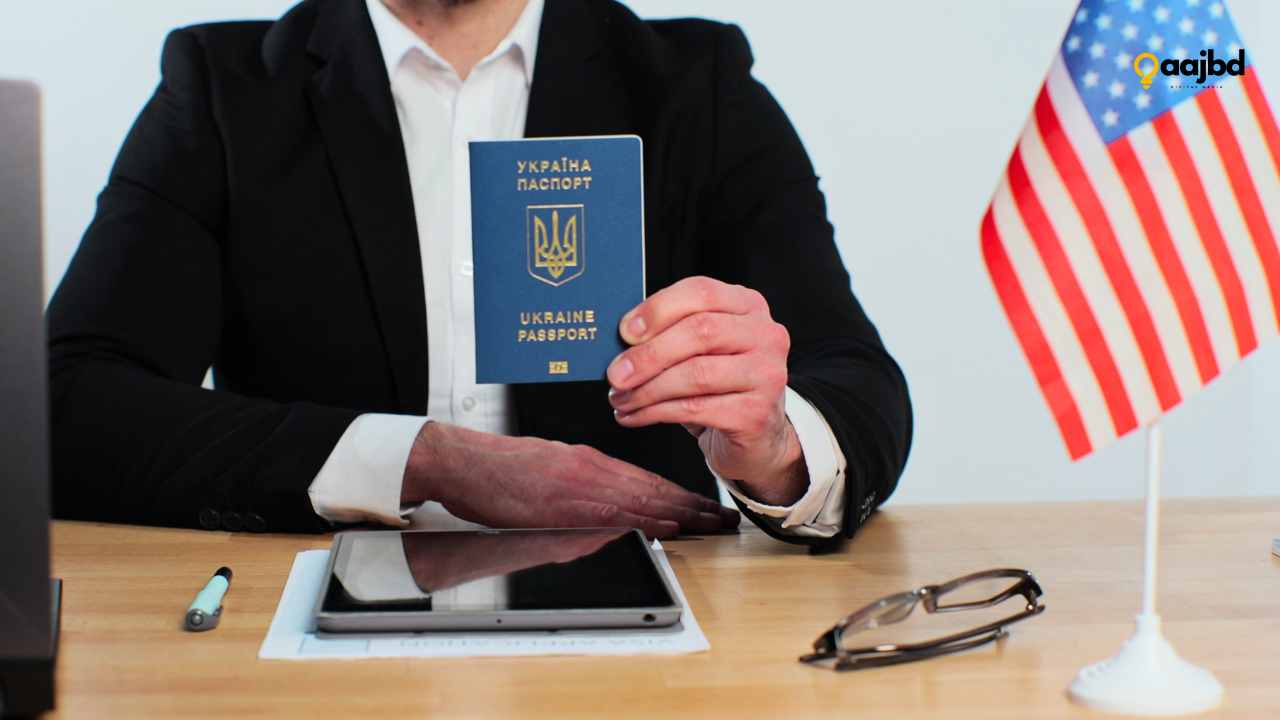Anúncios
Planning a trip to Europe can be an exciting adventure, but one of the first questions you might ask is: “How much does it cost to get a Europe visa?” Understanding the financial aspect of obtaining a visa is crucial, whether you’re dreaming of exploring the romantic streets of Paris, the historic sites of Rome, or the vibrant culture of Barcelona.
Imagine sipping coffee in a quaint café overlooking the Eiffel Tower or wandering through the art-filled corridors of the Vatican. These experiences are priceless, but the visa process doesn’t have to be a financial mystery. By the end of this article, you will not only have a clear idea of the costs involved but also some handy tips to make the application process smoother and more budget-friendly.
Anúncios
Stay with us as we unravel the costs, demystify the application process, and help you plan your European adventure with confidence. Your dream trip is just a few steps away.
Types Of European Visas
Traveling to Europe is a dream for many. Before you pack your bags, you’ll need a visa. Different types of visas exist for various purposes. Each type serves a different need. Understanding the types of visas can help you prepare better.
Anúncios
Schengen Visa
The Schengen Visa is the most common. It allows you to travel across 26 European countries. This visa is ideal for tourists and business travelers. It usually covers short stays, up to 90 days. The cost varies by country, but it generally ranges from 60 to 80 euros. Some exemptions exist for students and children. Make sure to check specific requirements for each country.
National Visas
National Visas cater to longer stays in a specific country. These visas are for work, study, or permanent residence. Each country has its own rules and costs. Fees can range from 50 to 100 euros or more. The application process is more detailed. Requirements often include proof of income or an invitation letter. Research the specific country for precise costs and procedures.

Credit: schengeninsuranceinfo.com
Visa Fees Breakdown
Understanding the cost of getting a Europe visa involves several fees. Application fees vary by country and visa type. Additional costs might include service charges or optional services.
Planning a trip to Europe can be exciting, but understanding the visa fees is crucial to budgeting your adventure. You might be wondering, “How much does it really cost to get a Europe visa?” The answer isn’t as straightforward as you might think. Different countries and visa types have varying costs. Let’s break down the expenses so you know exactly what to expect.
Application Fees
The core of your visa costs lies in the application fees. These fees differ based on the type of visa and your destination. For instance, a Schengen visa, which allows you to travel to multiple European countries, typically costs around €80 for adults. Children between 6 and 12 years old usually pay €40, while those under 6 might not incur any fees at all. It’s essential to check the specific visa requirements of the country you plan to visit. Some countries might have additional charges for certain visa categories. Always verify with the embassy to avoid surprises.
Service Charges
Beyond the application fees, you may encounter service charges. These are often levied by visa application centers that handle your paperwork. These centers offer convenience but come at a price, usually ranging from €20 to €30. Service charges can cover a variety of services. These might include biometric data collection or simply the handling of your documents. Be sure to read the fine print so you know what you’re paying for. The question remains: Are these additional charges worth it? If you value time and hassle-free processing, they might be. Consider your priorities and decide if the extra cost aligns with your travel goals. Understanding these fees and charges can make planning your European trip smoother. By knowing what to expect, you can allocate your budget wisely, leaving more room for exploring the beautiful sights Europe has to offer.
Additional Costs
Visa fees for Europe vary by country and type. Additional costs include travel insurance and document processing. Consider currency exchange fees too.
When planning a trip to Europe, it’s easy to focus solely on the visa application fee, but additional costs can sneak up on you. These expenses are crucial and can significantly impact your travel budget. Understanding these costs early can help you avoid unwelcome surprises and ensure a smoother journey.
Travel Insurance
Travel insurance isn’t just an extra—it’s often a requirement for getting a European visa. You must have coverage for at least €30,000 to cover medical emergencies in the Schengen Area. Prices for travel insurance can vary based on your age, health, and trip duration. A typical policy might cost anywhere from $50 to $100 for a two-week trip. Consider the peace of mind it offers. Imagine suddenly needing medical care in a foreign country; insurance can save you from a financial headache.
Document Verification
Visa applications require a stack of documents, and ensuring they’re verified can come with costs. You might need to get copies of your documents notarized or translated. Certified translations can run from $20 to $50 per page, depending on the language. Notarization can add another $10 to $25 per document. Think about the convenience of having all your paperwork in order. It not only boosts your application’s success but also saves you from last-minute scrambles. Isn’t it worth spending a little extra for that added assurance? These costs, while sometimes overlooked, play a crucial role in a successful visa application. Understanding these additional costs can make your planning more effective and your travel experience more enjoyable. So, have you considered all the costs in your travel budget?
Fee Variations By Country
Visa fees for Europe can vary greatly by country. Different countries have different costs associated with their visa applications. Understanding these variations can help you plan better. Let’s explore the fees for some popular and less common destinations in Europe.
Popular Destinations
Popular European countries often see a high demand for visas. France, for example, charges around 80 euros for a standard visa. Italy and Spain have similar fees. Germany, a favorite among travelers, also maintains this range. These costs cover processing and administrative tasks. It’s essential to check the specific requirements for each country. They may have additional fees based on your application type.
Less Common Destinations
Countries like Estonia and Latvia are less visited but offer unique experiences. Their visa fees are usually lower, around 60 euros. Lithuania and Slovakia also fall in this category. These countries often promote tourism by keeping fees affordable. They might also have special visa programs for longer stays. Always verify if there are extra costs for certain services. This ensures you avoid unexpected expenses during your application.
Factors Influencing Costs
Understanding the cost of a Europe visa involves various factors. Knowing these can help budget better for your trip. Different elements can influence the final price. This section explores these crucial aspects.
Visa Type
Visa type is a primary factor affecting costs. Short-term visas might be cheaper. Long-term visas often cost more. Tourist visas usually have lower fees. Work or study visas require higher payments. Each type has specific requirements. Fees vary based on these needs. Consider what visa suits your travel purpose. This choice will impact your budget.
Applicant’s Age
Applicant’s age also plays a role in costs. Children often pay less for visas. Adults might face higher fees. Senior citizens sometimes get discounts. Age categories have different fee structures. Check the age-related fee options. This could save you money. It’s important to verify age policies when applying.

Credit: m.youtube.com
Tips For Cost Management
Understanding the cost of a Europe visa is crucial for travelers. Fees vary by country and visa type, typically ranging from €35 to €100. Careful planning and budgeting help manage expenses effectively.
Navigating the costs of obtaining a Europe Visa can be daunting. Proper planning and smart choices can ease this burden. Here are some effective tips for managing these expenses.
Choosing The Right Visa
Selecting the correct visa type is crucial. Each visa type has different requirements and costs. Understand your travel purpose clearly. Short tourist visits differ from business trips or study stays. Research thoroughly to avoid unnecessary expenses. Consult official embassy websites for accurate information. They provide details on fees and processing times. This ensures you only pay for what you need.
Avoiding Hidden Fees
Hidden fees can catch you off guard. Be aware of currency conversion charges. Banks often apply these when paying visa fees. Check if you need travel insurance. Some visas require it, adding to costs. Read the application instructions carefully. Mistakes can lead to additional charges. Consider using online resources and forums. They offer insights from others who have applied. This knowledge helps in anticipating unexpected expenses.

Credit: m.youtube.com
Conclusion
Understanding Europe visa costs helps plan your budget effectively. Fees vary by country and visa type. Basic costs include application fees and service charges. Some countries may charge additional fees. Extra costs might arise from travel insurance or document translations.
It’s essential to check specific country requirements. Early planning can prevent unexpected expenses. Consult official embassy websites for precise fee details. This ensures smooth visa processing. Careful research and budgeting lead to a hassle-free travel experience. Always stay updated on fee changes.
Your European adventure awaits with proper planning. Safe travels!





